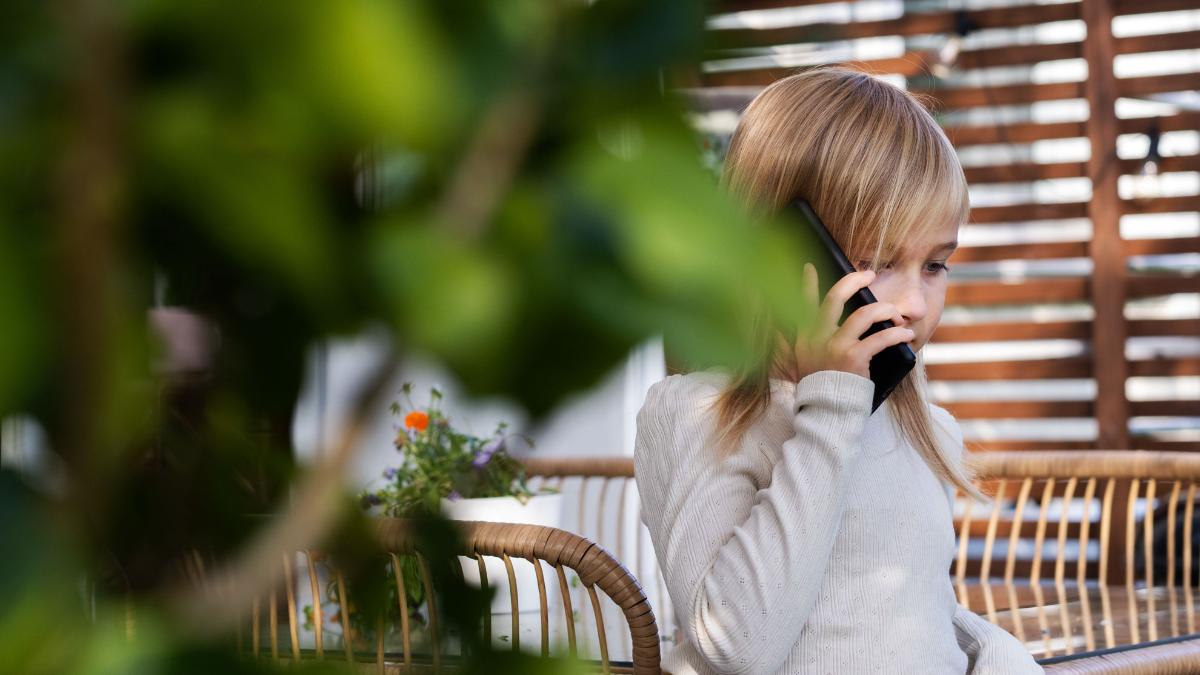Hätänumeroviikkoa vietetään 10.-16. helmikuuta
How to instruct different target groups in calling the emergency number

The 112 Day campaign has issued instructions on calling the emergency number for the general public as well as children and young people, older people and foreign-language speakers. Learn more about the instructions and make use of the associated materials.
General instructions concerning the emergency number emphasise that you should call the emergency number when you need urgent help from the police, prehospital emergency medical services or emergency rescue, social and crisis services. An emergency is urgent when people's lives, health, property or the environment are in danger.
Emergency calls are answered by trained Emergency Response Centre operators, who will help you by asking questions and providing instructions. Answering the questions will help the ERC operator determine what kind of help to send and how urgent the situation is. In other words, you can speed up the process of getting help by answering the questions. The ERC operator can dispatch help during the call.
People often call the emergency number even when there is no urgent emergency. Not all of the surprising things that happen in everyday life, such as a power outage, a rash, a stomach flu or a fallen tree, are necessarily emergencies. Because of this, safety authorities encourage people to download the 112 Suomi app, which includes not only the emergency number but also other safety, security and health services.
Encouragement is key when it comes to children and young people
Children and young people are often exemplary at making emergency calls, as they listen carefully and follow the instructions provided by ERC operators.
However, it should be emphasised to children and young people that making an emergency call is a courageous act. Requesting help can never make the situation worse, but not making an emergency call very well may do so. The caller does not need to know in advance what to say during the emergency call.
Every now and then children and young people will call the emergency number as a prank. Inappropriate and malicious emergency calls may delay the dispatch of help to persons in genuine need of it, which may lead to serious consequences.
Older people are not a burden
It is important to emphasise to older persons that you only need to remember one number in an emergency – 112. Calling a relative or friend first will cause delays in getting help to you. In an emergency, you should not think that you are burdening others.
In an urgent emergency, you need to call 112 as quickly as possible. A trained ERC operator will help you by asking you questions and giving you instructions.
You should always make an emergency call yourself, if possible, as you are best-equipped to report on your own sensations, for example. Do not hang up the emergency call until the operator gives you permission to do so.
After an emergency call, you should keep your phone line open, as the authorities dispatched to help you may call you from an unknown number to ask for more information.
Emphasise the single-number service to foreigners
It is a good idea to emphasise to immigrants and foreigners residing in Finland that there is only one number to call in the event of an urgent emergency – 112. The Finnish model differs from many foreign operating models, which may have different emergency numbers for different authorities and regions. In Finland, there is only a single emergency number to call when you need urgent help from the police, prehospital emergency medical services or emergency rescue, social and crisis services.
If you cannot find a common language with the Emergency Response Centre, you can get an interpreter on the line. Foreign language speakers should learn to say what language they speak in Finnish or English. This way, the Emergency Response Centre can request an interpreter for the correct language.
Materials for different age groups
During the 112 Day campaign week, safety actors and other parties, such as schools, workplaces, recreational clubs, associations and the media, can share valuable safety information about the emergency number and emergencies. In addition to this, every one of us can improve our personal safety and the safety of our loved ones by paying attention to small everyday actions and choices. By participating in the 112 Day campaign week, you can contribute to raising awareness of the emergency number, how to recognise emergencies and how to call the emergency number.
The materials aimed at different target groups can be found on the 112 Day website.
Edit 5.2.2025: Removed supplementary heading.
Se även
Unga män som målgrupp för kampanjen 2026
Nöd- och problemsituationer utomlands – gör så här
Positionsinformationen kan rädda människoliv
Unga män som målgrupp för kampanjen 2026
Med hjälp av kampanjen vill man stärka unga mäns mod att ingripa i nödsituationer. 112 – ditt liv, ditt nummer, missa inte det!
Välbefinnande skapas tillsammans
En yrkeskompetent, engagerad och välmående personal är Nödcentralsverkets viktigaste resurs och strategiska tyngdpunkt. I det nya programmet för arbetshälsa betonas utvecklingen av kompetensen i ledning av arbetsförmåga och karriärledning allt mer.
I ett förlossningssamtal kan nöden omvandlas till glädje
Nödcentralen förmedlar årligen över 2 240 uppdrag som gäller förlossning. Det är en unik upplevelse för nödcentraloperatören när det i den andra änden av telefonen hörs ljud av ett nytt liv.
Antalet meddelanden som inte hör till nödnumret minskar
Nödcentralsverkets statistik för det första halvåret visar att felaktig användning av nödnumret har minskat. Under början av året fokuserade nödcentralernas resurser mer än tidigare på behandling av brådskande nödmeddelanden.
Nödcentraloperatören ger anvisningar för hur man ska agera på en olycksplats
Enligt Trafikskyddets enkät upplever var fjärde finländare att de inte vet hur man ska agera på en olycksplats. Nödcentraloperatörens anvisningar kan rädda liv i en olyckssituation.



